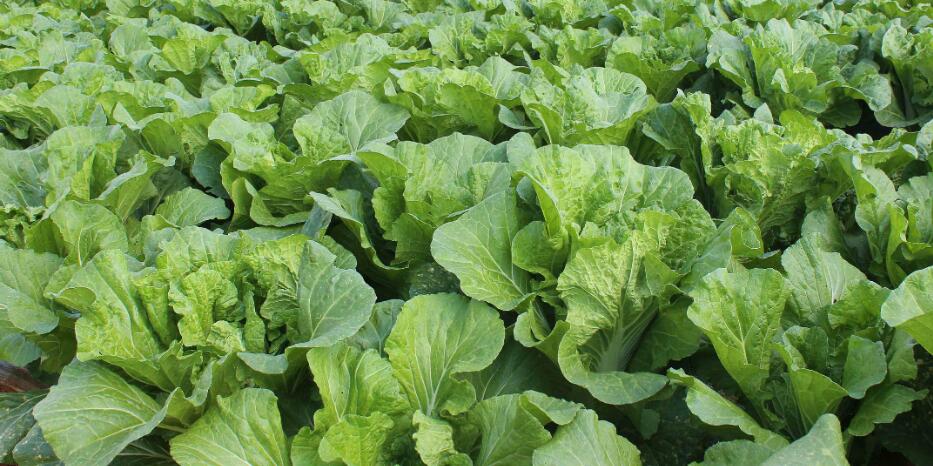CHEN Yanan, Lü Xiaohui, DING Qian, ZHENG Han, YANG Ning, SONG Qingqing, WANG Junfeng, LI Jingjuan, GAO Jianwei
In order to identify the characteristics and genotype differences of nitrogen response in different Chinese cabbage cultivars from the main producing areas, screen useful germplasm for Chinese cabbage with high nitrogen use efficiency (NUE), and explore the evaluation indexes for NUE and nitrogen sensitivity of Chinese cabbage, sixty-eight representative Chinese cabbage cultivars from the main producing areas were planted in the field with low(Pure N 54 kg/ha) and normal(Pure N 270 kg/ha) nitrogen inputs, respectively. A total of 15 agronomic traits, including plant width, plant height, total weight, outer leaves number, net weight, leafy head height, leafy head width, head leaves number, maximum leaf length, maximum leaves width, petiole length, petiole width, petiole thickness, central axis length and central axis width, and three nitrogen related traits including nitrogen content, nitrogen agronomic use efficiency(NUE) and nitrogen responsivity were calculated and analyzed at leafy head maturation stage. Finally, the relative values of each trait in two nitrogen levels were calculated, and the classification for NUE and nitrogen responsivity classes of the 68 Chinese cabbage cultivars were conducted according to yield, relative yield, and nitrogen responsivity. The results showed that 13 agronomic traits were significantly different between the two nitrogen levels, except for outer leaves number and central axis length. Nitrogen content and NUE also showed significant differences between the two nitrogen levels. There were significant genotypic variations for all the agronomic traits under both nitrogen input conditions, of which, central column length had the largest coefficient of variation(CV) among cultivars, followed by weight-related traits. Nitrogen content, nitrogen agronomic efficiency and nitrogen responsivity also showed significant genotypic variations, of which, CV of nitrogen responsivity was the largest. The means of relative net weight and relative gross weight were the largest, while those of relative outer leaves number, relative plant width, and relative central column length were much smaller. In addition, the 68 tested Chinese cabbage cultivars were categorized into four NUE classes(Nitrogen efficient under the two nitrogen conditions, NET; Nitrogen efficient under the low nitrogen condition, NEL; Nitrogen efficient under the normal nitrogen condition, NEN; Nitrogen inefficient under the two nitrogen conditions, NIT) according to the yield under both nitrogen supply conditions, and four nitrogen sensitive types(Nitrogen insensitive type, NIS; Nitrogen low-sensitive type, NLS; Nitrogen moderate-sensitive type, NMS; and Nitrogen high-sensitive type, NHS) according to relative yield and nitrogen responsivity. Using both NUE and nitrogen sensitivity classification criteria mentioned in the study, the nitrogen response characteristics of different Chinese cabbage varieties can be more clearly evaluated. The study will provide useful information for further studying the molecular mechanisms regulating NUE in Chinese cabbage and breeding new Chinese cabbage cultivars with high NUE.
